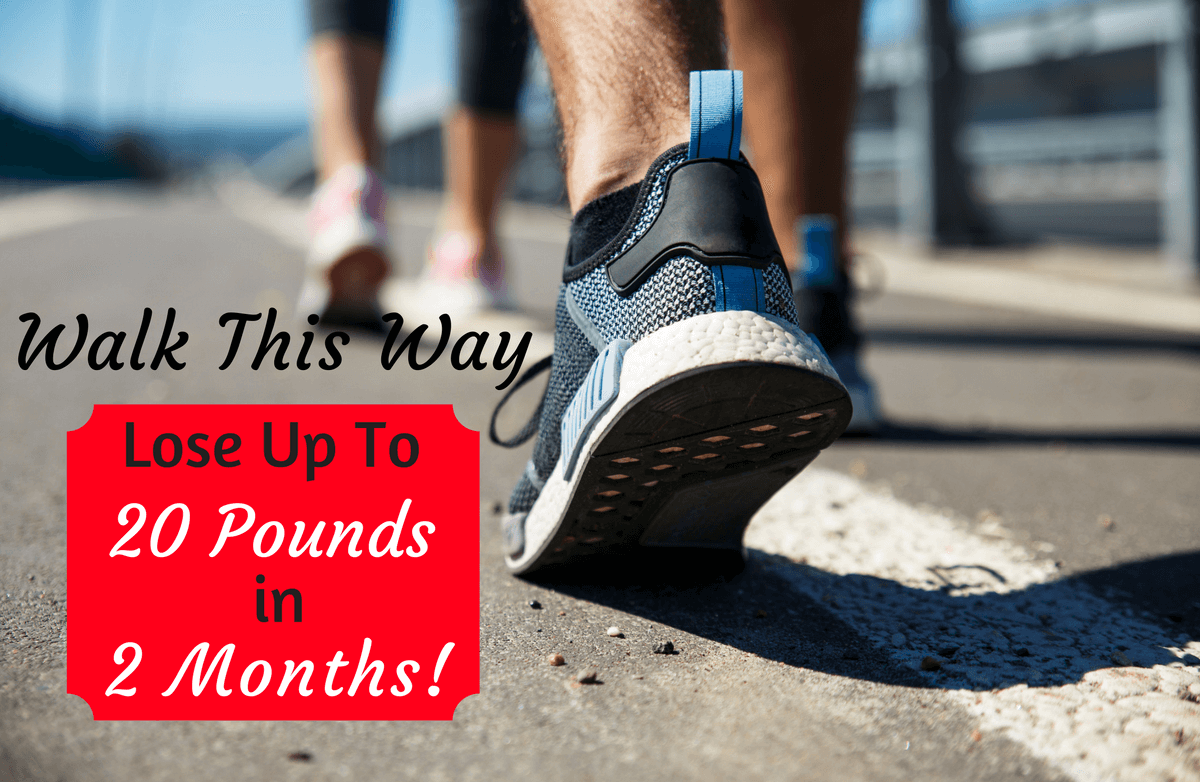|
Now that winter is officially here, so are the risks of winter injuries. While I live in a climate where snow and ice are rare, many areas of the country are experiencing snow, ice, and cold temperatures like never before. Below are a few of the most common winter weather injuries that may be avoided if proper caution is taken prior to venturing outside. Falls Falls are responsible for many emergency room visits during the winter months. With ice and snow coating many walkways, it isn’t surprising that one’s risk for injuries rises with the rate of precipitation. Try keeping all walkways cleared of ice and snow by using rock salt, deicing chemicals, and even sand. Also make sure you keep a close eye on where you are stepping as elevation changes are harder to see when covered with snow or ice. Overexertion Overexertion is quite common as people venture out of their homes to clear ice and snow from their walkways. However, it is very important not to overexert yourself on cold days since doing so can lead to greater stress on the heart/cardiovascular system, as a result leading to a greater risk for heart attacks. With cold temperatures the vessels of the cardiovascular system narrow while the blood thickens, therefore raising the risk for a heart attack, especially in those individuals with high blood pressure. Take extreme measures to listen to your body. If you suffer from shortness of breath or experience any chest pain, stop immediately and call 911. Hypothermia Hypothermia is a condition where the body’s temperature drops due to a gradual escape of heat in which the body cannot continue to generate enough heat to keep warm. Symptoms include: Because hypothermia does not occur suddenly, but over a slow period of time, many suffering from this condition can be quite unaware that they even have it. For that reason, it can be very dangerous and sometimes fatal. Prevention and quick response are crucial. So what can you do for someone who may be suffering from hypothermia. According to the Mayo Clinic here are a few ways to help. It is crucial that you dress in layers and limit exposure to the elements, especially when weather conditions warrant. Flu/Cold Season As mentioned in an earlier blog, winter is prime time for colds and the flu. With many of us working in close proximity to one another and with drier and colder environments, it is only a matter of time before the first outbreaks begin. Below are measures to prevent colds and the flu. Chilblains and Frostbite These two conditions can occur when the skin is exposed to the elements resulting in damage to the skin. Chilblains is an injury to the skin when exposed to mild/extreme cold temperatures. It does not result in the skin freezing. Instead the exposed skin may develop a red, itchy patch, due to the inflammation of the small blood vessels in the skin. Symptoms do not always occur immediately after exposure, but can arise several hours later. The most common area affected is the small toe, but it can occur anywhere on the body. Symptoms include: Frostbite, on the other hand, is the result of the skin freezing and most commonly occurs on the hands, feet, nose, and ears. Because blood flow to the skin is diminished and the body cannot heat the skin’s surface, this can lead to a literal freezing of the skin. This injury can be superficial in nature or cause permanent damage, therefore requiring medical attention. Many times this condition is accompanied by hypothermia. Ways to prevent chilblains and frostbite While the colder months allow many of us to enjoy the time outside building snowmen, skiing, snowboarding, and such, taking precautions before heading outside will hopefully help you avoid a visit to your local emergency room or doctor. What winter time activities do you enjoy? Do you limit your time outside when you participate in these activities? Have you ever suffered or known anyone to have suffered the side effects of cold weather exposure? |
More From SparkPeople |















